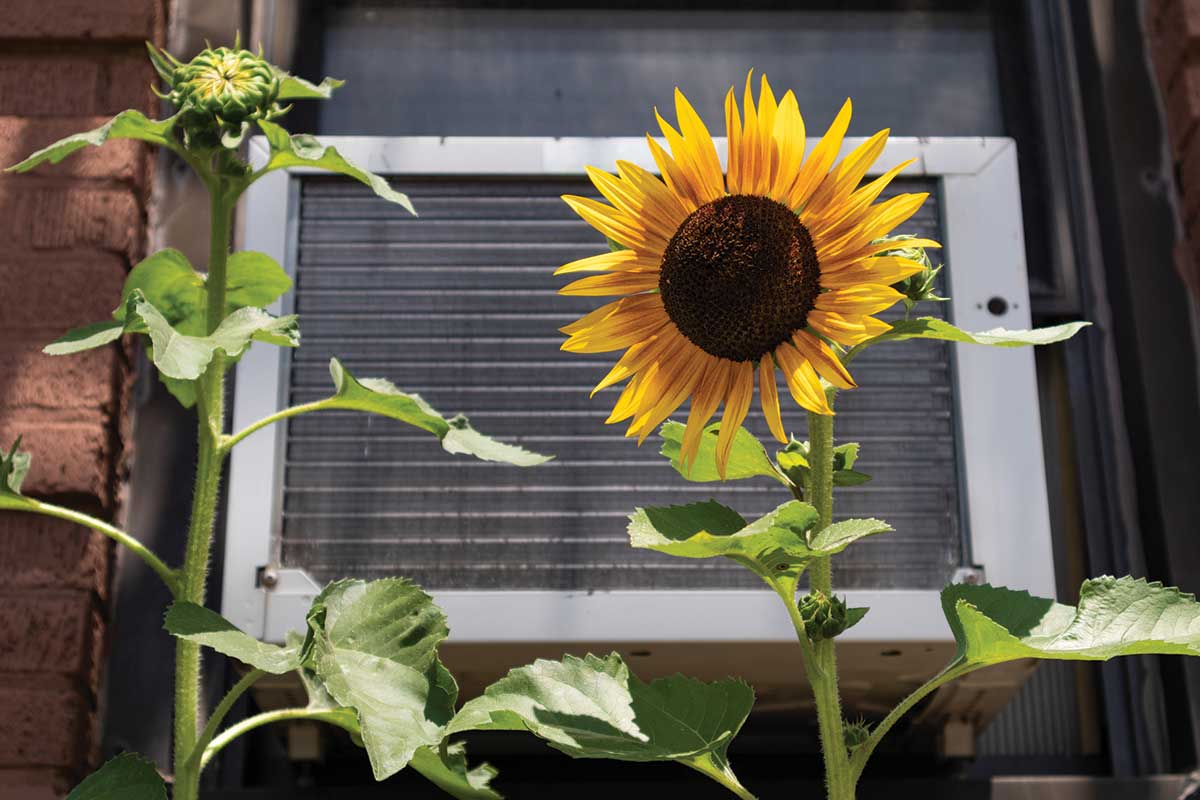If you live in a home with no air conditioning and are dreading the high temperatures that summer is sure to bring, it may be time to invest in a little comfort.
There are a few low- and no-cost cooling strategies, like using fans to keep air moving, turning off unused electrical devices and appliances, and blocking direct sunlight with window coverings.
When the summer heat sets in and that’s not enough, you need budget options for air conditioning. Choosing your cooling strategy carefully can result in lower upfront costs and also maintain som energy efficiency to keep energy costs down. Here are three common options for home cooling.
Window and Portable Units
Window or portable air conditioning units are the lowest-cost approaches. Portable units can be moved from room to room and come equipped with a length of duct to exhaust hot air out a nearby window. Window units are mounted in a window opening and cool one room. The efficiency of portable and window units has improved over the years, but none of them are as efficient as most central AC units or a mini-split heat pump system.
You might also consider an evaporative cooler (sometimes referred to as a swamp cooler). Evaporative cooling units can be less expensive than traditional AC, but don’t buy one until you do the research to determine how well evaporative cooling works in your area. Whatever you choose, make sure it’s rated for the size of the space you’re cooling.
Central Cooling
If central AC wasn’t installed in your home when it was built, adding it can be expensive and challenging. Fortunately, there are solutions to installing central air in a house without ducts: ductless mini-split systems and high-velocity systems.
A high-velocity air conditioning system can be an ideal air conditioning solution to retrofit your home. These systems deliver cool air through 2-inch flexible ducts designed to fit your existing framework. The compact air handler can be easily installed in attics, crawl spaces or even closets.
Mini-Split Heat Pumps
A ductless mini-split heat pump has a compressor outside the home that’s connected to air handler units in as many as four rooms inside. Each room’s temperature can be controlled separately.
Ductless mini-splits are an especially good choice for homes without forced air ducting systems or with leaky or undersized ductwork, and they’re much smaller, cheaper and easier to install than central AC systems. Heat pumps can also be a supplemental source of heat in the winter.


